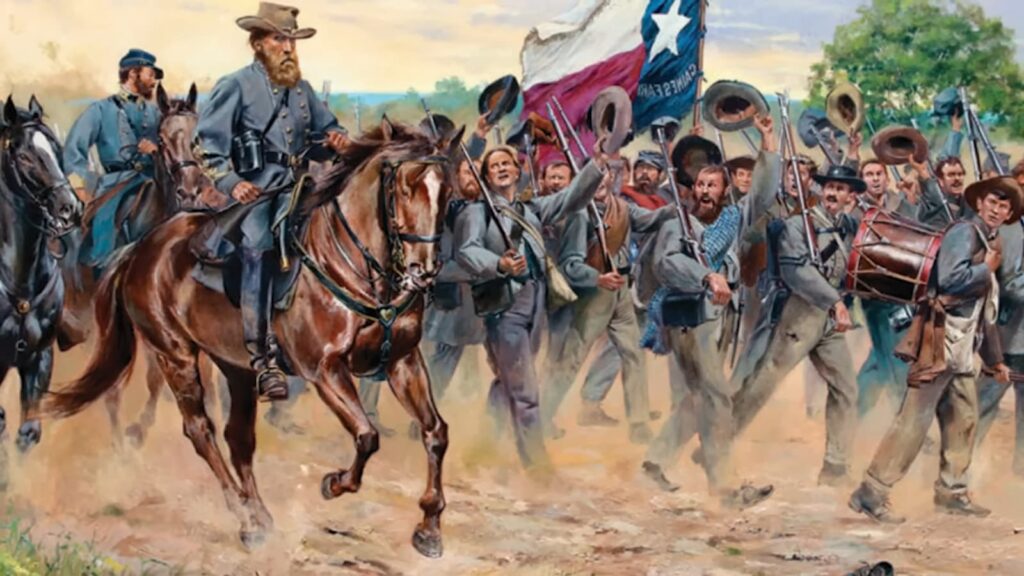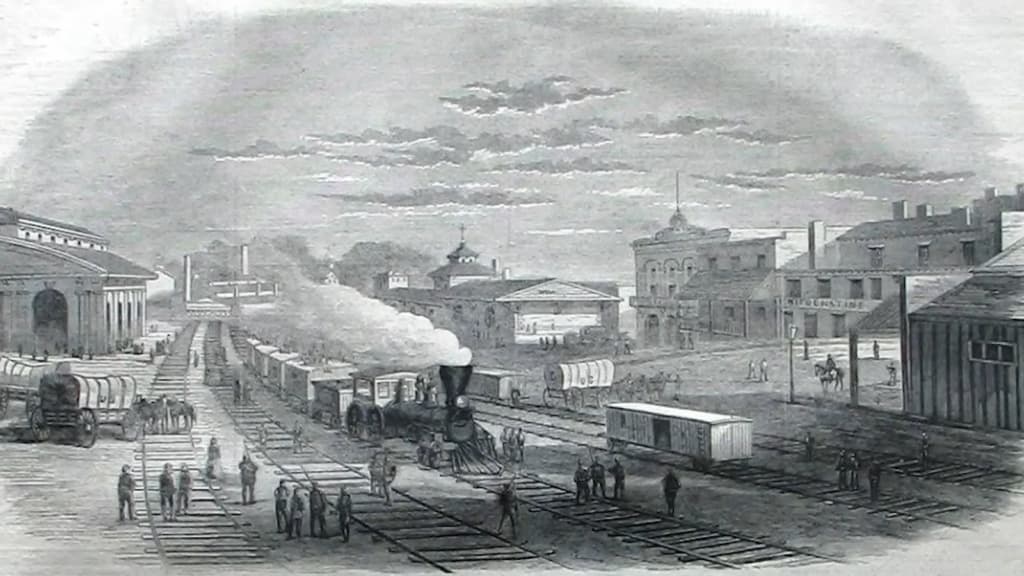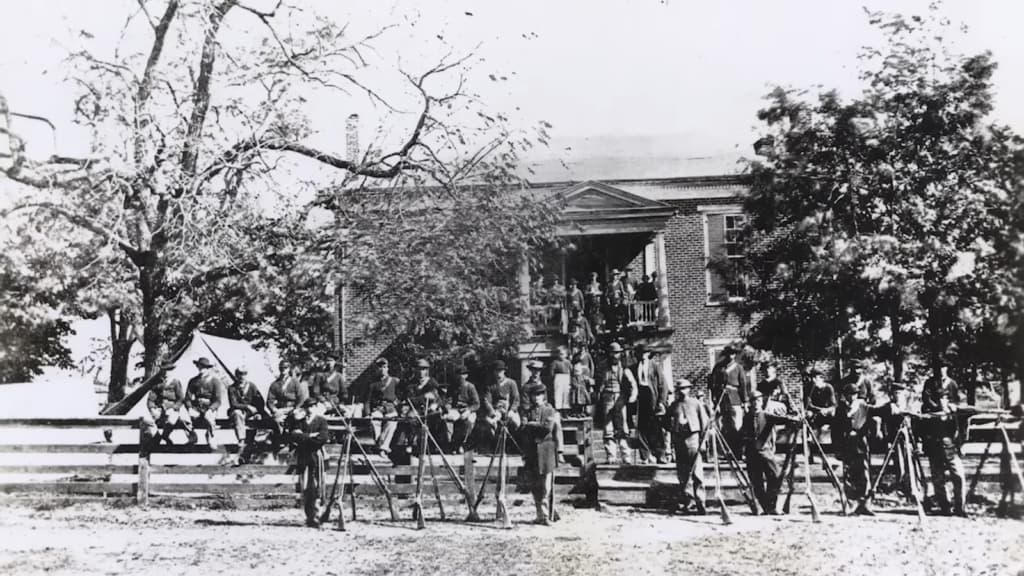Identifying Shared Elements Among Civil War Soldiers
The Civil War, a critical juncture in the narrative of the United States, spanned from 1861 to 1865. This war, a battlefield for the Union (the North) and the Confederacy (the South), is grounded in historical debates over states’ rights, slavery, and regional obligations. Despite entrenched differences, the soldiers held several commonalities in experiences, personal beliefs, and backgrounds.
Dive deep into this exploration of the shared aspects amidst soldiers of the Union and the Confederacy and understand the human aspects of this brutal conflict that echoes in the bedrock of American society. To further enrich your understanding of the Civil War, consider our comprehensive tours of key Civil War battlegrounds in Virginia.
While the Union and Confederacy were deeply divided during the American Civil War, there were also several key aspects they had in common, which became evident when examining the events and dynamics of the Second Manassas.
A Detailed Examination of Backgrounds and Demographics
Civil War soldiers were a diverse lot, yet strikingly common in age, ethnicity, and socioeconomic status. A majority fell in the age bracket of 18-35 years with an estimated average age of 25. This implies numerous soldiers were young, inexperienced men with no prior exposure to the harsh realities of warfare.
Digging into regional and ethnic backgrounds, it becomes clear that the majority in both the Union and Confederate armies were of European lineage – primarily English, Irish, and German. Notably, African American soldiers made a solid presence in the Union Army, and Native American soldiers fought for both sides.
Economically, many soldiers hailed from agricultural backgrounds, indicating the dominance of farming in both the North and South.
Additionally, a significant number were laborers, craftsmen, or merchants. It’s worth highlighting that while Confederate soldiers fought to preserve their lifestyle, including slavery, only a small proportion actually owned slaves or were directly involved in this trade.
Understanding the Motives Behind Enlistment

Enlistment in the Civil War was often driven by a range of complex, interweaving reasons.
- Patriotism and regional allegiance were powerful motivators. Many Northerners enlisted driven by their commitment to preserving the Union, while their Southern counterparts joined to safeguard states’ rights and independence;
- Economic factors played a role as well—with enlistment bounties, land grants, and other financial incentives offered by the Union and Confederate governments to persuade volunteers;
- Social demands and expectations created another enlistment push. Societal norms and peer pressure encouraged young men to demonstrate their manhood and fulfill their civic duty through military service.
For many, the war held the promise of adventure and camaraderie, since they would be fighting alongside familiar faces—friends, neighbors, and family.
Sharing Military Training and Experiences
Union and Confederate soldiers underwent similar military training and experiences. Basic training for the new recruits included marching, drilling, and weapon use. The role of officers and non-commissioned officers in maintaining discipline and troop morale was paramount, and their leadership often played a decisive role in battle outcomes.
The shared hardships experienced by soldiers from both sides were overwhelming. Poor sanitary conditions in the camps led to the spread of diseases like dysentery, typhoid fever, and malaria, and more soldiers succumbed to illness than to combat. Inadequate supply and poor clothing amplified the hardships, with malnutrition and exposure to the elements exacting a severe toll.
The psychological impact of war, the loss of comrades, and the omnipresent threat of injury or death were deeply traumatizing. However, the shared adversity often forged strong bonds of camaraderie among soldiers.
Soldiers’ Personal Accounts
Soldiers in both the Union and Confederate forces regularly kept in touch with family members through letter writing, and many kept diaries to document their experiences. These personal writings frequently touch on universal themes like longing for home, worry for the well-being of their families, and the challenges faced during combat.
Faith and spiritual beliefs were crucial in supporting soldiers through the trials of the war. A great number turned to prayer and drew comfort from their religious beliefs, looking for solace and direction amidst the harsh realities of conflict.
In the narratives of soldiers from both factions, there are often mentions of a higher power, divine guidance, and aspirations for a more hopeful future.
Life as POWs in the Civil War
Being held captive during the Civil War was an extremely challenging ordeal. Soldiers from both the Union and the Confederacy faced similar difficulties in their confinement. The prison camps were notoriously overcrowded and unsanitary, with insufficient food and medical resources, leading to high death rates among the prisoners.
The practice of exchanging and paroling prisoners was a common experience for many soldiers. This process was intended to allow prisoners to either return home or rejoin their military units. However, this system was plagued with administrative problems and gradually collapsed as the war intensified.
In spite of the severe conditions of their captivity, many prisoners of war developed strong bonds with their fellow detainees. These relationships were built on mutual support and companionship, transcending the divisions of region and politics. In these bonds, soldiers from opposing sides found a sense of shared humanity and a collective will to endure their struggles.
The Legacy of the Civil War

The Civil War’s legacy is not just about political and societal changes; it’s also about the shared experiences of the soldiers who fought. These commonalities, from backgrounds to enlistment motivations to battlefield challenges, serve as a reminder of the human element intrinsic to the conflict. By acknowledging the parallels between Union and Confederacy soldiers, we gain a nuanced understanding of the Civil War and the immense sacrifices of those involved.
The Civil War is an integral part of American history. It reshaped the nation’s political, economic, and social landscape and continues to influence modern American society. The values, beliefs, and experiences of the soldiers still echo today, teaching us valuable lessons about patriotism, sacrifice, and resilience in the face of adversity.
Understanding the shared experiences and commonalities between Civil War soldiers offers important insights for contemporary conflicts. Recognizing these common bonds can help in developing strategies for peace and reconciliation. It’s a reminder of the strength of shared human experiences and the importance of unity, even amidst fierce disagreements.
Conclusion
The American Civil War, a significant chapter in the nation’s history, continues to echo in the present. The shared experiences, motives, and backgrounds of the soldiers on both sides highlight the human face of war. Recognizing these commonalities enables a comprehensive understanding of the conflict and the sacrifices involved. These historical insights can guide us in navigating present conflicts and seeking peace and reconciliation.
The Civil War, a defining chapter in America’s history, encompassed more than just the profound political and ideological disparities of the era. The Union and Confederate soldiers, often reduced to mere figures in history books, were in fact individuals of flesh and blood, carrying shared experiences, backgrounds, and motivations into the battlegrounds. Recognizing these commonalities grants us a richer and more nuanced comprehension of the Civil War and its profound human aspects. These insights, transcending time and context, continue to be of invaluable relevance in navigating and understanding present conflicts and models of reconciliation.
